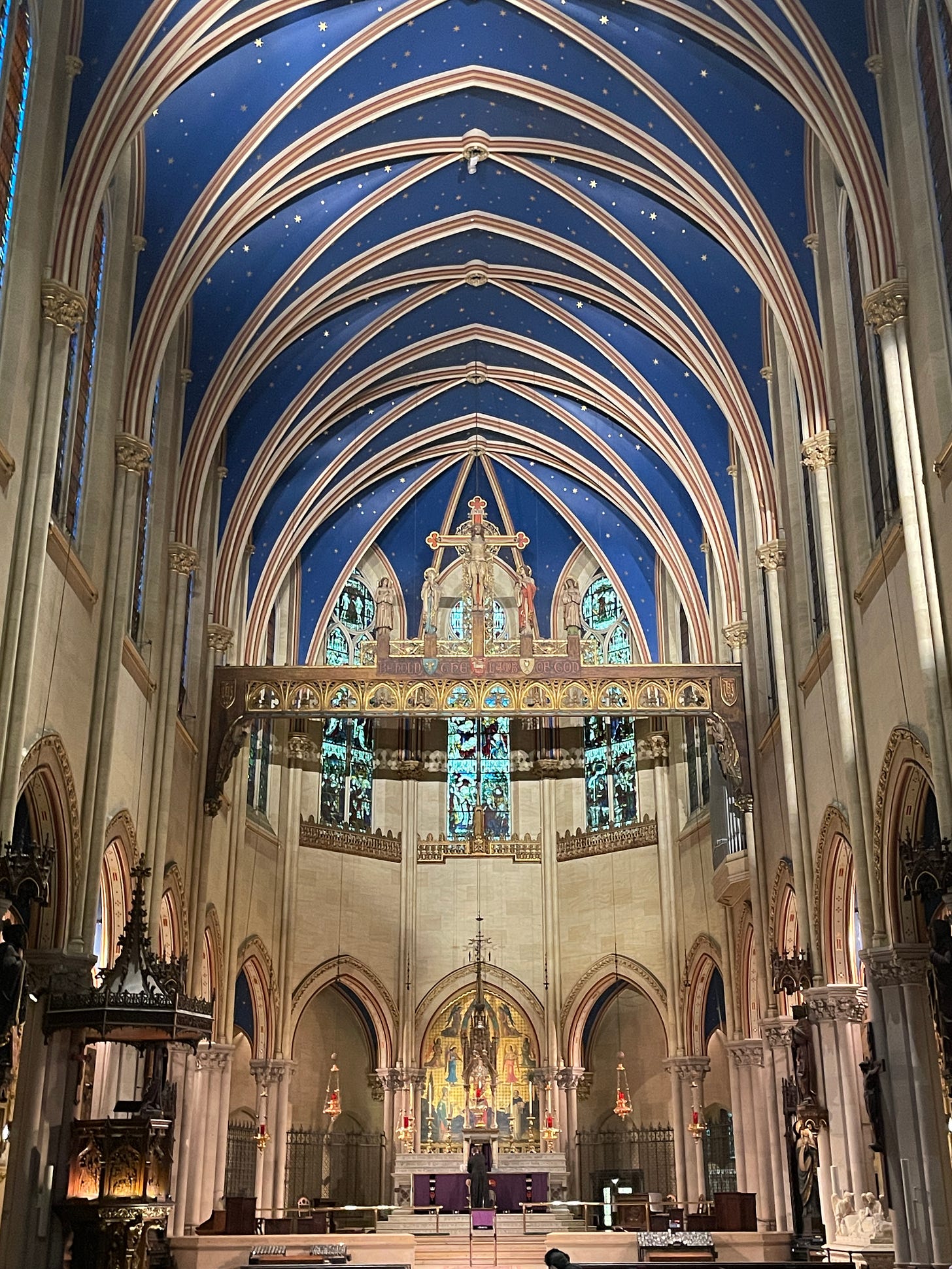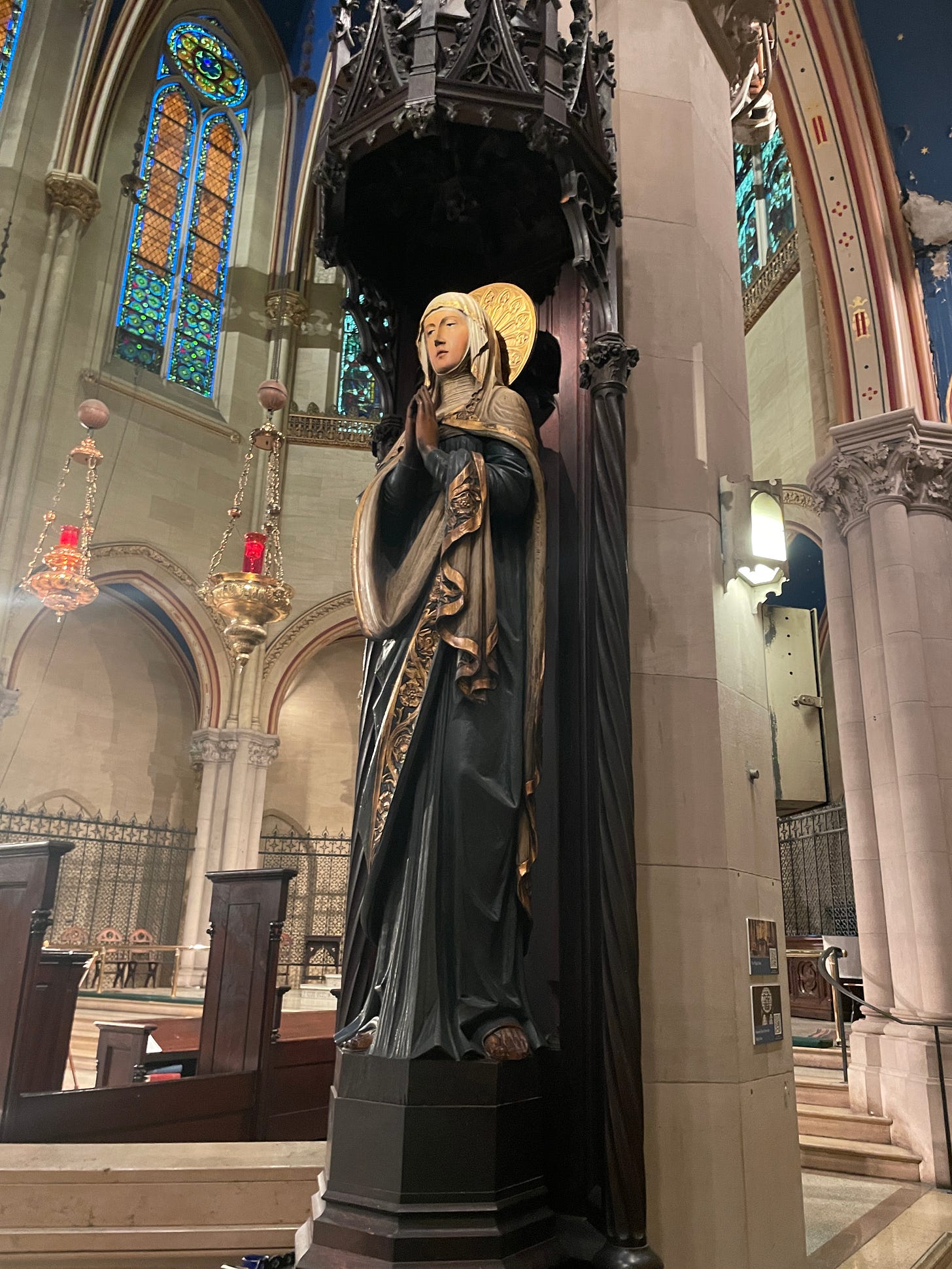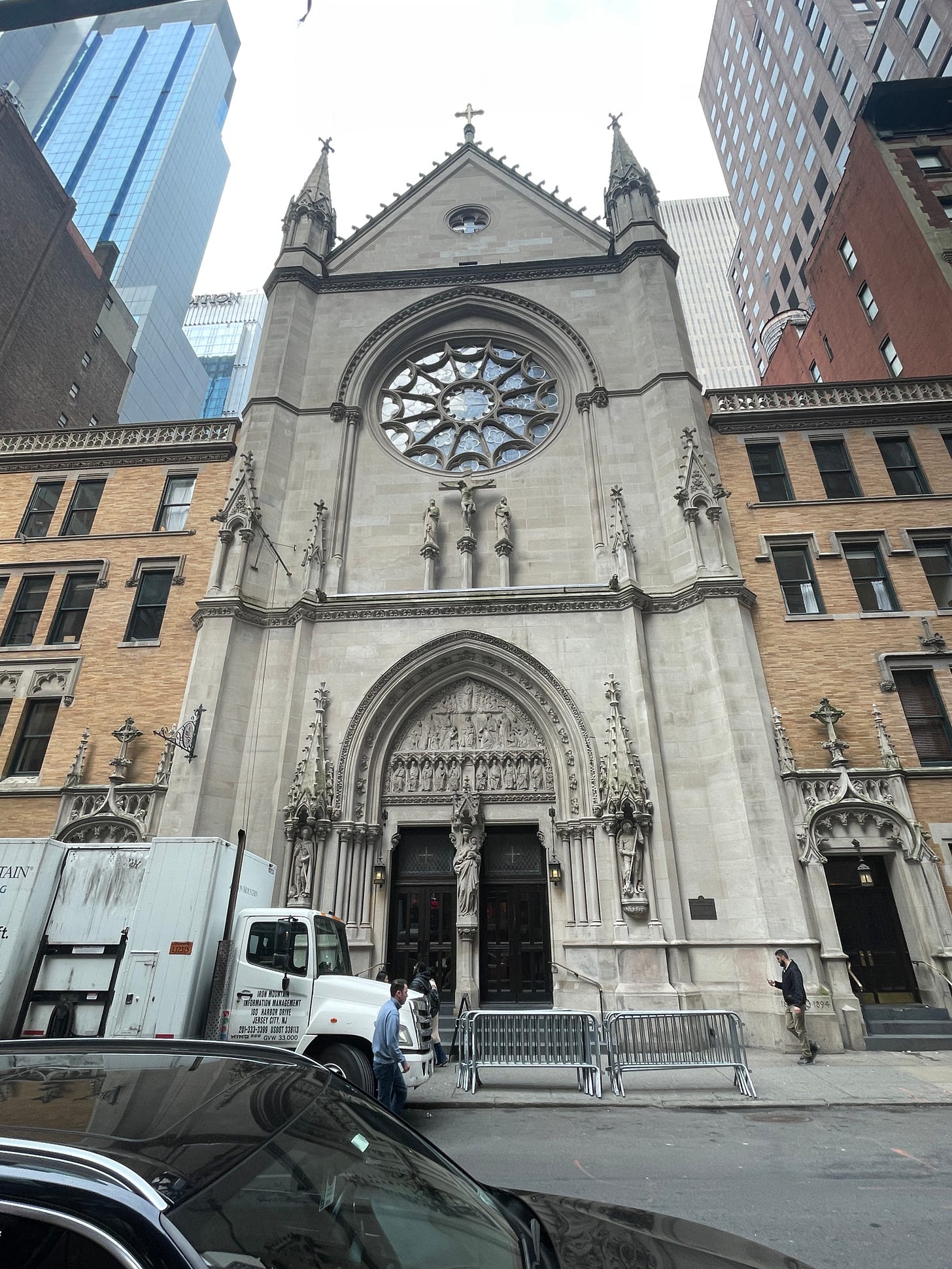Manhattan: The Church of St. Mary the Virgin
An Oasis of Prayer and Peace Down the Street from Times Square.
Times Square and the surrounding streets seem to capture the fast-paced nature of New York City, or Manhattan that is. Millions of people from all over the city, the country, and the world walk through one of the busiest business districts on the planet each day, hurrying to work for some of the most noted companies in a wide range of industries. Others are tourists, enjoying the world’s most famous intersection. Or shop at the most popular or ritziest clothing stores. Or grab food at some staple of New York’s beverage and snack stops. However it is described, everyone in this part of Manhattan is on to go with little chance to stop and slow down.
One place offers a refuge from this brisk nature, and that is The Church of St. Mary the Virgin. An Episcopal church wedged in the middle of West 46th Street, between Times Square itself and Avenue of the Americas, it was first meant to be a neighborhood church for the newly developed neighborhood of Longacre Square. Over time, that Square became Times Square and the church moved to its current location in 1892. For a time, St. Mary the Virgin was the tallest structure in the area until taller buildings took over.
What hasn’t changed from St. Mary the Virgin is its mission. According to its website, the point of this church was to have “the renewal of congregational worship”. But the way The Reverend Sammy Woods, priest in charge, sees it, his church is an oasis of peace and prayer.
“We love to say we’re an alternative community from all the hustle,” he says. “People can come in, our doors are open 7am - 7pm. The place is quiet. Mass is held everyday.”
St. Mary the Virgin is still recovering from the COVID-19 pandemic, though Woods says it is getting back to 100 people attending Sunday mass. The church also actively helps those in need in which 80 - 100 people a week come and get clothing and toiletries. Migrants come in for confession and even attend mass. And then there are those who enter the church throughout the day for various reasons. Some come in just to briefly pray and others, usually the homeless, sit in the pews to relax from the noise not only outside, but in their everyday lives. They stay all day until the church closes up until the following morning.
“Here, every class, rich and poor, are side by side,” Reverend Woods explains. “White, Black, gay and straight, young and old. Everybody belongs. Not all agree on particular issues. We’re inclusive. We’re the same family at the same altar.”
Even though it is an Episcopal church, St. Mary the Virgin specifically defines itself as Anglo-Catholic, and its faith practice is based on the Oxford Movement from the first half of the 19th century. The builder and leader of St. Mary the Virgin, Reverend Thomas McKee Brown, wanted to have a Catholic ritual within an Episcopal. That vision led to the beauty in worship, and that includes many statues, delicate artwork, painted walls and ceilings, stained glass windows, and incense, a lot of incense. Reverend Woods says his church is nicknamed “Smoky Mary’s” because of the frequent use of incense during mass.
Walking into St. Mary the Virgin from the demands of the streets of midtown Manhattan is like entering a near-heaven existence. There’s a faint smell of incense. The altar at the end of the church is decorated with biblical features that are not seen too often in some churches these days. The ceiling is painted blue with painted gold stars as if indicating St. Mary is the Queen of Heaven. Statues and carved stations of the cross dot the church. On one side are a series of chapels, each with its own purpose.
There’s one meant for daily mass for smaller attendants. Then there’s one for small weddings, right next to a chapel meant for funerals. A much smaller chapel holds an elaborate baptismal font. Each part of St. Mary the Virgin carries a sense of divinity and all things sacred. It seems to capture the quest for holiness in one’s daily life.
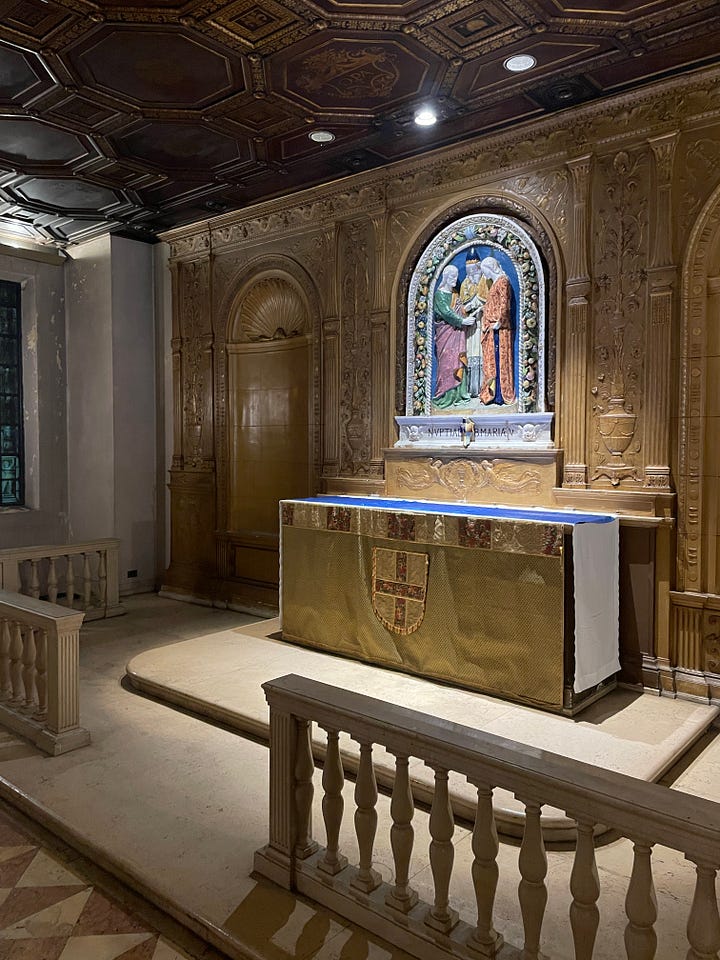
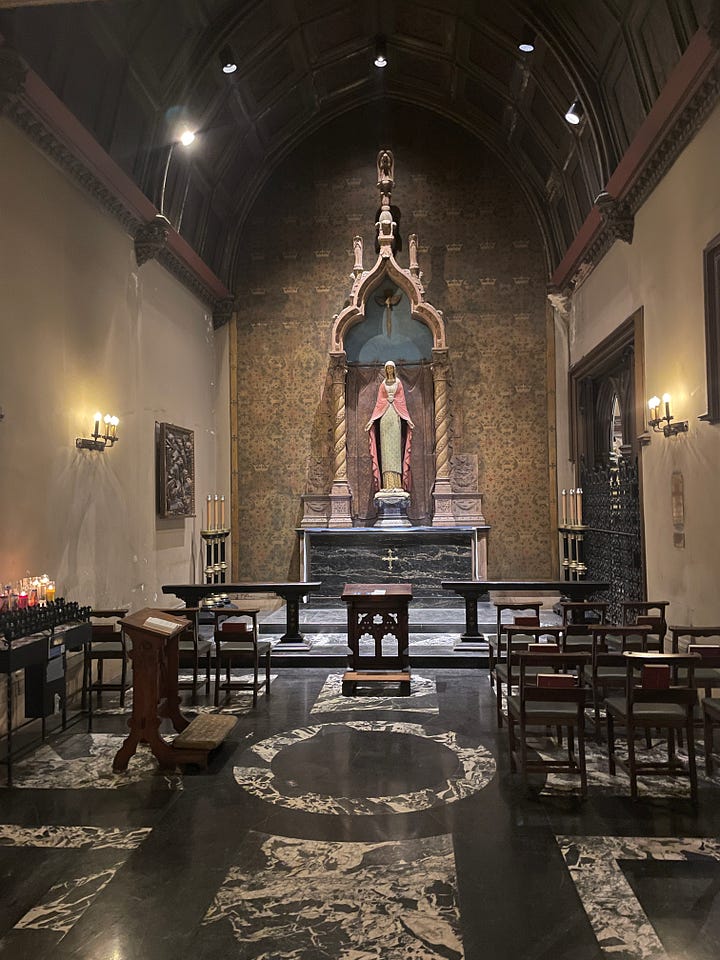
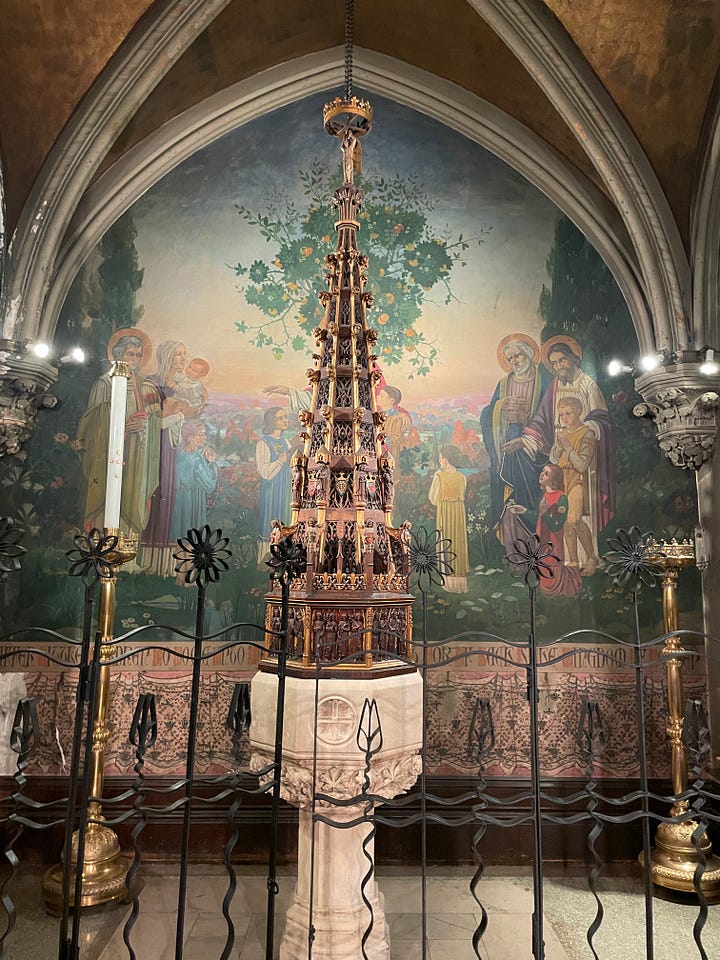
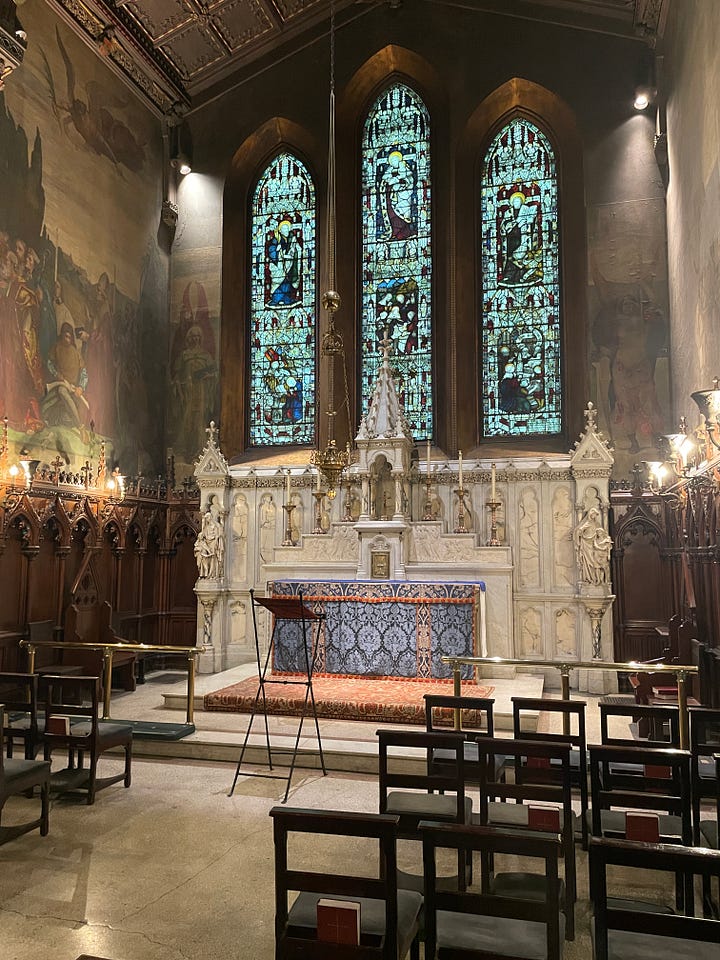
Even though more people are visiting St. Mary the Virgin and its mass attendance is picking up again, there’s still a shaky future given how American church attendance is declining and fewer Americans are identifying themselves as Christian. Reverend Woods points out that the Episcopalian church has seen its numbers go down, but adds that American Christianity is less “cultish” than it used to be.
“That’s a good thing,” he says. “Since that’s an opportunity to cast aside cult trappings and really follow Jesus.”
Woods says the people who walk through his church’s doors do so because they do want to go to church and are serious about loving God, one another, and their neighbor.
“We’re called to do a vision,” the Reverend says. “And be faithful followers of Jesus, preach a comfortable Gospel, and offer our best for God.”
That also includes going outside the church itself and loving New York City, for all its fast-paced, stress-filled nature. Reverend Woods is convinced many are still interested in attending church despite increasing secularism in the city. That also allows Woods to believe St. Mary the Virgin has a big future ahead.
“God is not done with us. 100 years from now, we’ll still be here, I believe.”




